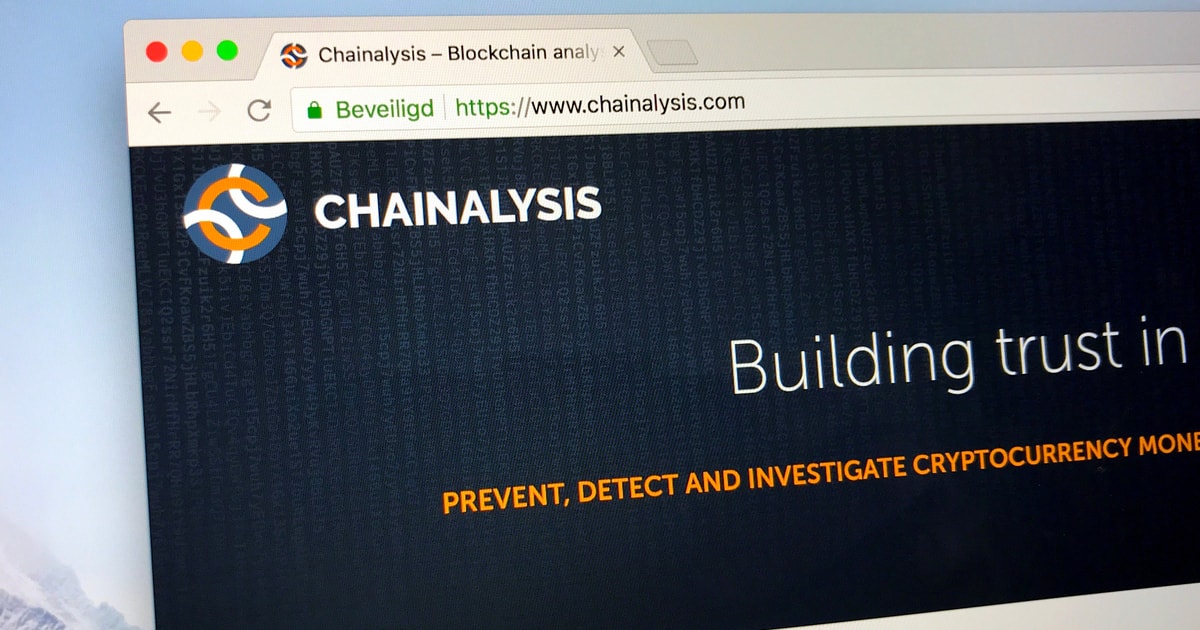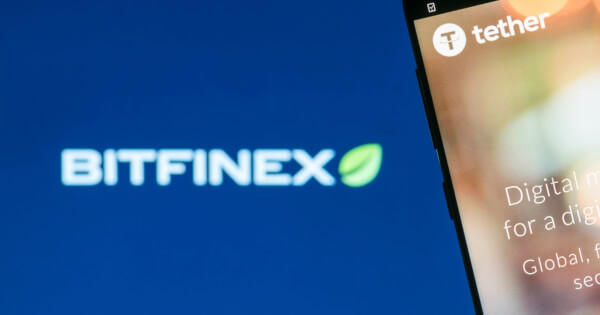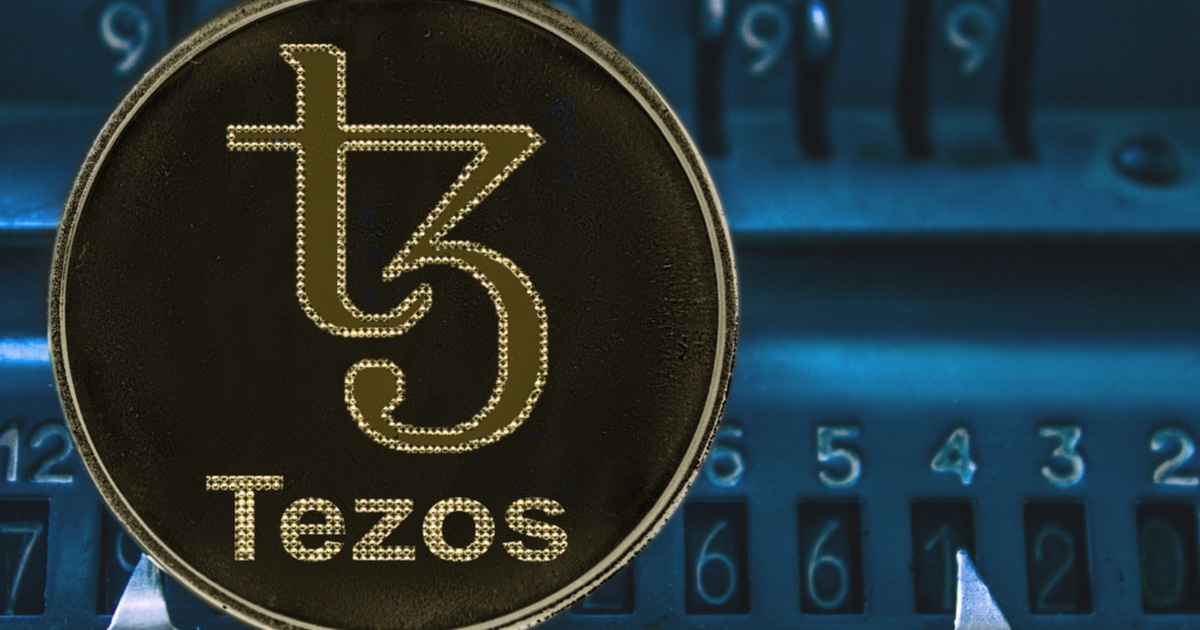I watched this video : https://www.youtube.com/watch?v=LFoTlG-4TmU
and I got the basic core idea of how the token bridges work in general concept, but how does it actually work in the real world?
given the following;
1. say for example, if I have a token in Binance Smart chain called Token A, then I need to transfer it to Ethereum network, that means I need to have that token equivalent in Ethereum right?
that means my bridge or oracle or whatever it is called should have a copy of the contract address from the two network for my tokens correct?
How about supporting OTHER tokens? does that mean my bridge implementation should have a copy of the contract address of all the tokens I need to support and its equivalent/exchange token on the other network?
I am looking at open source token bridge implementation and it seems like they have a more complicated implementation rather than the one i mentioned above,
like this one: https://docs.tokenbridge.net/#:~:text=The%20TokenBridge%20allows%20users%20to,%2D%20interoperability%20%2D%20between%20Ethereum%20networks.
[link] [comments]

You can get bonuses upto $100 FREE BONUS when you:
💰 Install these recommended apps:
💲 SocialGood - 100% Crypto Back on Everyday Shopping
💲 xPortal - The DeFi For The Next Billion
💲 CryptoTab Browser - Lightweight, fast, and ready to mine!
💰 Register on these recommended exchanges:
🟡 Binance🟡 Bitfinex🟡 Bitmart🟡 Bittrex🟡 Bitget
🟡 CoinEx🟡 Crypto.com🟡 Gate.io🟡 Huobi🟡 Kucoin.















Comments